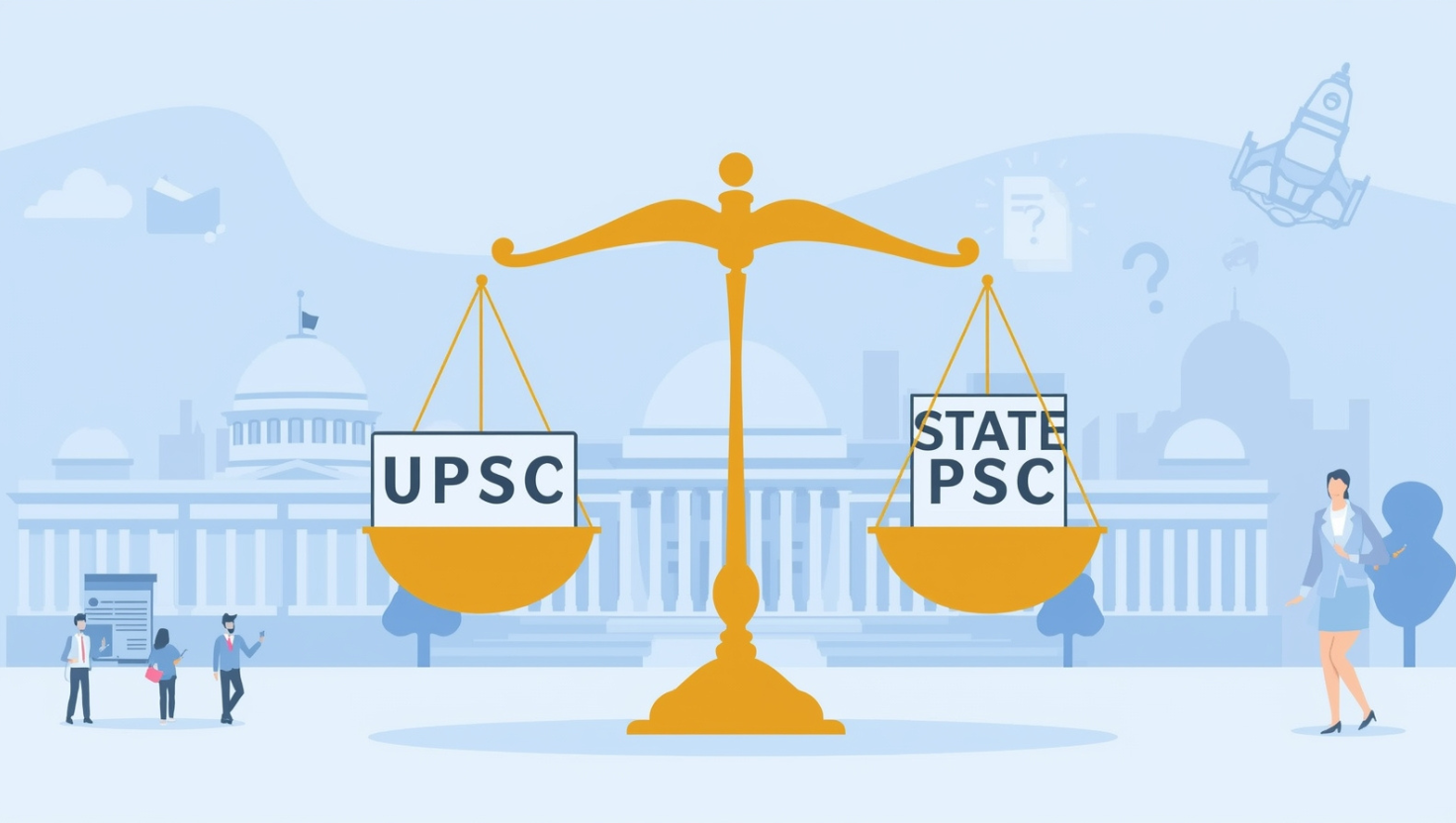Simplifying Taxation: The Role of GST 2.0 in Strengthening India’s Economy
Syllabus: Economy (UPSC GS III)
Source: Indian Express
Context:
India is introducing GST 2.0, a major reform aimed at making the tax system simpler, reducing the cost of compliance, and focusing on long-term economic growth rather than just boosting short-term revenue.
Overview of GST in India
What is GST?
- GST (Goods and Services Tax) was launched in 2017 to replace multiple indirect taxes like excise, VAT, and service tax with a single unified system.
- The goal was to simplify tax structures and create one common market across the country.
Current Challenges:
- There are four main tax slabs (5%, 12%, 18%, 28%) plus additional cesses, which still make the system complicated.
- Classification disputes often occur when deciding which product belongs to which slab.
- Monthly collections of around ₹1.6–1.7 lakh crore are stable but lower than India’s potential.
- MSMEs and small businesses face high compliance paperwork and inverted duty structures.
- The tax-to-GDP ratio is around 11–12%, much lower than that of other countries, meaning India isn’t fully utilising its tax capacity.
Why GST 2.0 is Needed
1. Simplification of Tax Rates
- Reducing the number of slabs will make the system easier to understand and follow.
2. Encouraging Small Businesses
- Easier registration and compliance will bring more businesses into the formal sector.
3. Promoting Trade and Investment
- Faster refunds and simpler logistics will help businesses compete globally.
4. Fair Taxation
- Higher taxes on luxury and harmful goods will ensure that common citizens are not burdened unnecessarily.
5. Building Trust
- A transparent and fair system will reduce disputes and encourage taxpayers to comply willingly.
Possible Challenges
1. Short-Term Revenue Loss
- The government may face an initial revenue drop of about ₹48,000 crore, putting pressure on finances.
2. Implementation Issues
- Technical problems, inadequate training, and poor adaptation could hinder smooth operations.
3. State vs Centre Disputes
- States worry about losing compensation after 2026, affecting cooperation between governments.
4. Ambiguity in Classification
- Even with fewer slabs, products that are borderline in nature could cause disagreements.
5. Lessons from Other Countries
- Malaysia’s failed GST reform shows that poor execution can damage trust in the tax system.
Why GST 2.0 Matters for India
Boosting Economic Growth
- Lower and simpler taxes can encourage spending, leading to higher revenues over time.
Fairness in Taxation
- Wealthier consumers will pay more through higher taxes on luxury products, ensuring equity.
Encouraging Formalisation
- Simplified rules will help small businesses register and operate legally.
Strengthening Exports
- MSMEs will benefit from fewer barriers and faster refunds, improving global competitiveness.
Improving Government Finances
- A wider tax base will increase revenue and strengthen India’s fiscal health.
Conclusion
GST 2.0 is not just a tax reform; it’s a step toward a more efficient, fair, and competitive economy. Its success will depend on effective implementation, cooperative federalism, and building trust with taxpayers. If executed properly, it can help India achieve the goal of becoming a $10 trillion economy while ensuring fairness and ease of doing business.











